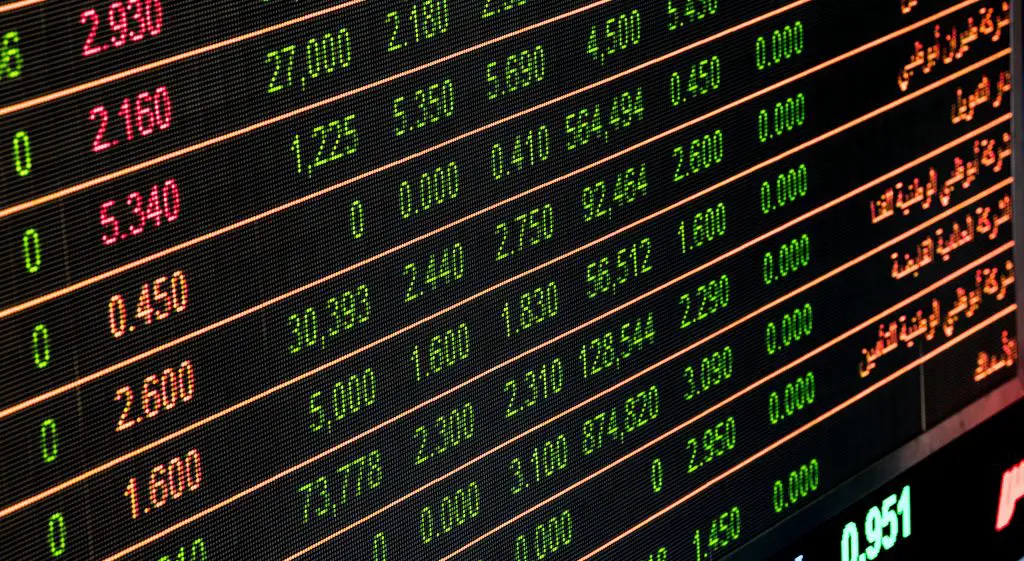An order is an instruction on how and when to buy or sell you send to your broker. There are several different types of orders a trader and investor can use to execute their trade based on their goals. You may want to get in at any price or out at any price. You could want to only buy or sell at a specific price and do nothing if the market does not reach that price.
Here are the primary types of market orders used to enter or exit a trade.
A market order is used to immediately buy or sell a stock or asset. With this type of order you will immediately get an execution to buy or sell at the current market bid or ask quote. You usually get a fast fill but the price is not guaranteed and the slippage from your expected price and your fill will be based on volatility, liquidity, and the speed of your broker.
A limit order specifies the exact buy or sell price that the trader wants the trade executed at. It must be the limit price asked for or better or no trade is transacted. This type of order is for a trader or investor that believes they can get the price they are asking for eventually and is willing to wait if they can’t. This can cause an entry or exit to be missed entirely if the price asked for is not reached. While it can prevent bad fills for entries and it can also cause being trapped in trades that were supposed to be sold only to see a price go even lower.
A stop order, (also called a stop loss order) is a risk management tool where a trader or investor enters a specific price to sell a holding at if the market reaches that level. If price action hits the stop price entered then the stop order becomes a market order and the position is sold at the next available price to limit losses.
A buy stop order is set at a specific higher price above current levels. It is used many times as a momentum trading tool to buy higher prices when a breakout occurs for the purpose of selling at even higher prices in the future. A buy stop can also be used as a risk management tool for a short position as either a stop loss to prevent big losses or a trailing stop to lock in remaining profits.
A sell stop order is set at a stop price that is lower than the current price in the market. Traders and investors usually will enter a sell stop order to either limit a loss on an open position or to protect an open profit by using it as a trailing stop on a winning trade. A sell stop order can be set up to open short position for a margin account. For a current holding a sell stop is commonly used as a stop loss or a trailing stop.
Be sure to understand your goals and results of using any of these specific types of orders when you buy and sell. There are big differences.

